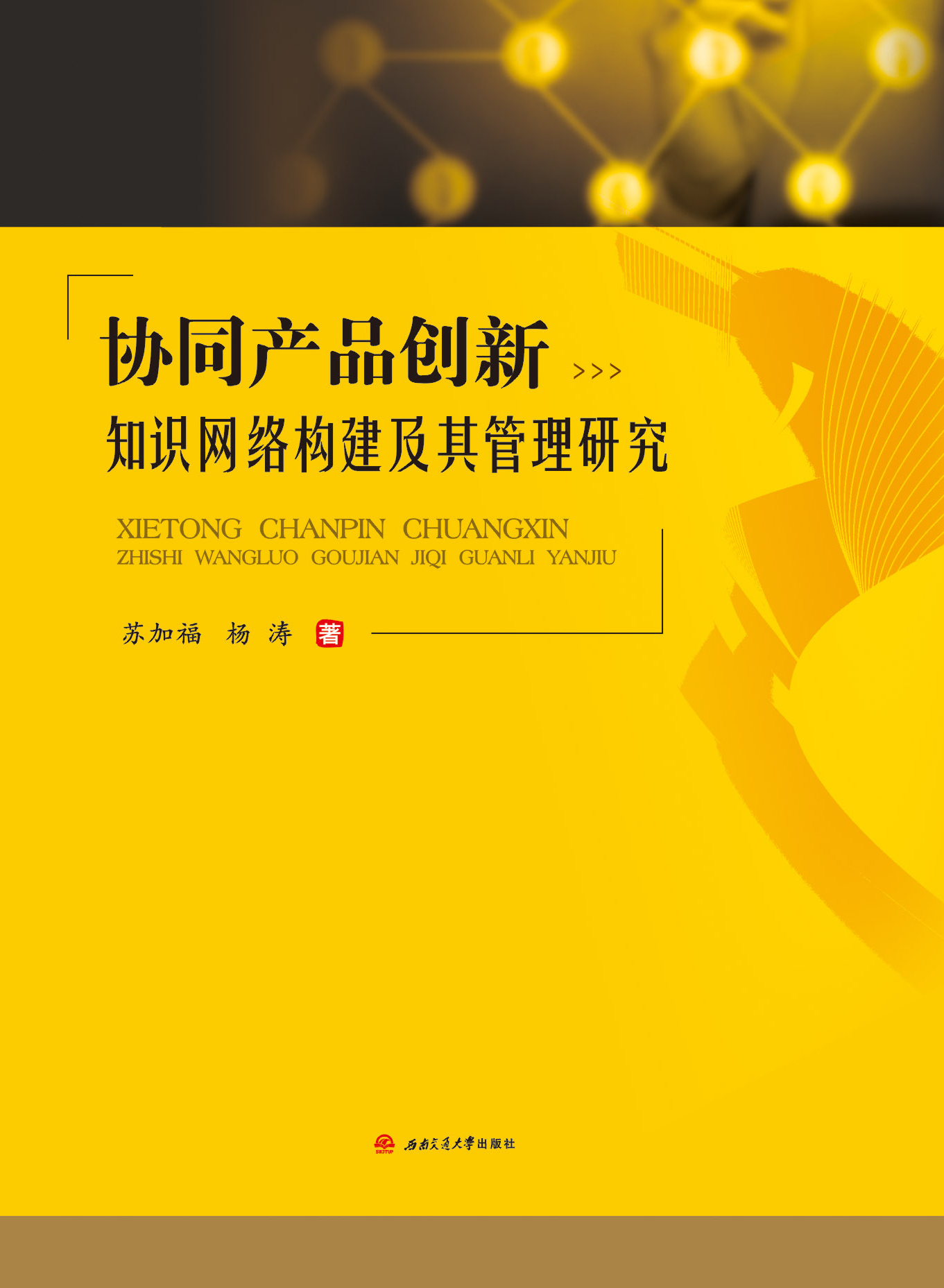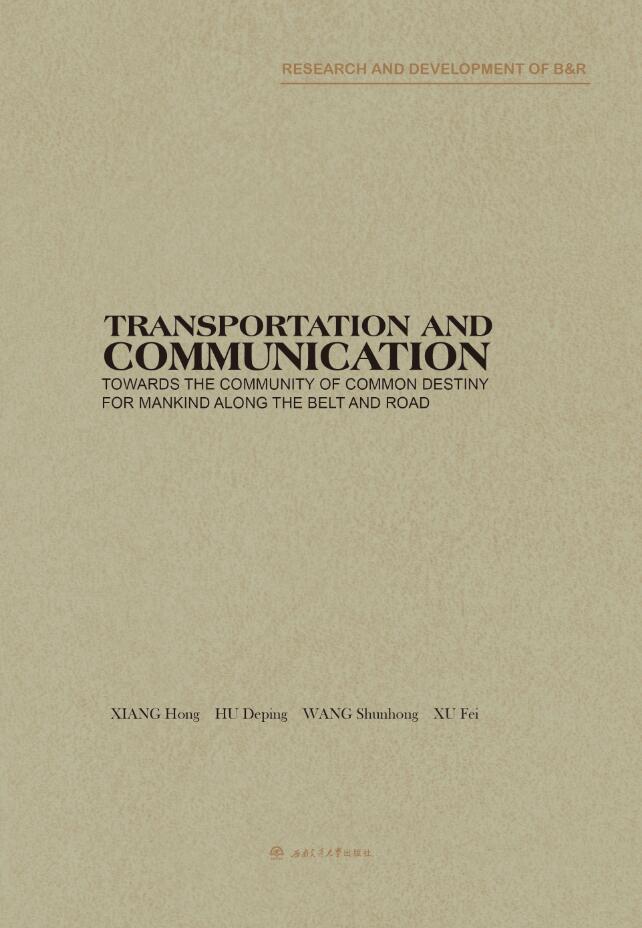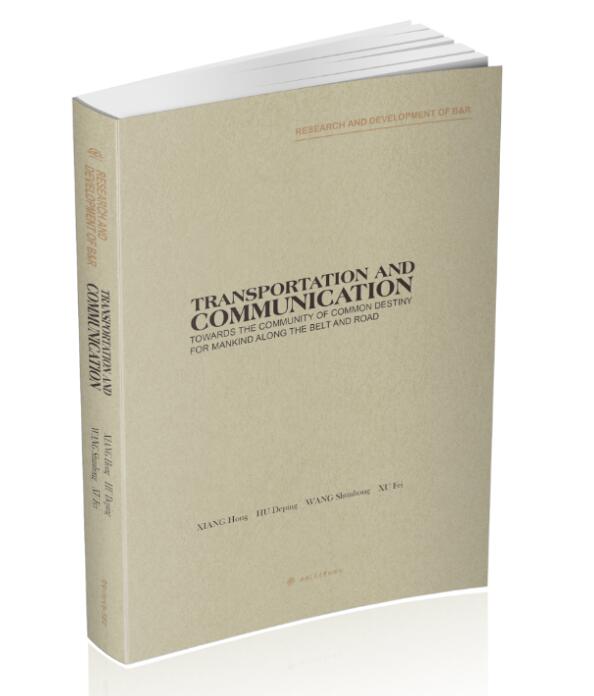-
 从自由贸易试验区到自由贸易港——内陆自由贸易港发展战略研究
从自由贸易试验区到自由贸易港——内陆自由贸易港发展战略研究作者:吴刚 郭茜
本书是一部研究内陆自贸区向自由贸易港转型发展战略的学术著作。全书沿着“建设内陆自贸港战略意义—自贸区发展概述—自贸港探索发展—自贸区向自贸港升级战略—内陆自贸港发展对策建议”的逻辑思路展开,主要研究内陆自贸区向自由贸易港转型的发展战略,着重研究四川自贸区向四川自由贸易“港”升级战略。本书阐述较严谨,现实应用性极强,对四川自贸区的升级、自由贸易港的可持续发展探索具有重要的价值和指导意义。本书的主要特点有:①分析总结出自由贸易港的概念和关键内核;②梳理出我国从改革开放到探索建设自由贸易港的发展历程;③提出自贸区升级需要遵循的6项基本原则;④建立内陆申报自由贸易港的评价指标体系,基于主成分分析的评价模型,对四川申建自由贸易港的竞争力进行分析;⑤重点给出四川自贸区转型升级的对策和建议,创新性地提出“3+2+1”能级提升模型。
-
 产业内贸易与经济发展:理论与实证
产业内贸易与经济发展:理论与实证作者:黎振强 陈望雄
本书分为理论篇和实证篇,从经济史的视角探讨了西方产业内贸易的经济发展观,定性分析了产业内贸易的经济效应,剖析了产业内贸易对我国经济发展的影响与发展趋势。基于此,本书又分别实证研究了我国与韩国汽车产业内贸易、与东盟产业内贸易、与美国高技术产业内贸易的发展现状及其存在的问题,分析我国产业内贸易与经济发展关系,并提出了促进产业内贸易发展的政策建议。
-
 协同产品创新知识网络构建及管理研究
协同产品创新知识网络构建及管理研究作者:苏加福 杨涛
在协同产品创新中,人力资源与知识资源是最重要的创新要素,这些要素以及要素之间的关系形成了协同产品创新知识网络。协同产品创新知识网络是一个复杂系统,其构成要素具有诸多特性,构成要素之间存在着复杂的协作交互关系,这为研究协同产品创新知识网络的管理实践问题提出了极大挑战。在此背景下,本书基于近年来迅猛发展的复杂网络理论与复杂系统研究方法,对协同产品创新知识网络的建模及其管理实践中的成员选择决策、稳定性分析、知识流动效率测度、知识扩散绩效提升等问题进行系统、深入地研究,为提高协同产品创新知识网络的管理效率提供理论和方法支撑。本书对从事协同产品创新研究和实践的企业管理人员、科研机构人员、高等院校管理科学与工程专业教师与学生具有重要参考价值。
图书分类
Book classification- 《大交通:从一带一路走向人类命运共同体》以全球化纵深发展和中国和平崛起为背景,分析拓展“大交通”的内涵和外延,认为“人类命运共同体”是人类发展的美好愿景,“一带一路”就是通往“人类命运共同体”的现实道路;“大交通”是“一带一路”的重要载体。全书从东西方产业、文化、文明、政治交汇等角度,揭示了人类利益共同体、责任共同体、价值共同体和命运共同体的实现路径和策略安排。本书的出版可以使读者和社会更加清楚地...查看更多
-
CHAPTER 1
Transition Period of Post-globalization and China 001
I. How to Perceive: the Chaotic Landscape of the Curr...查看更多





